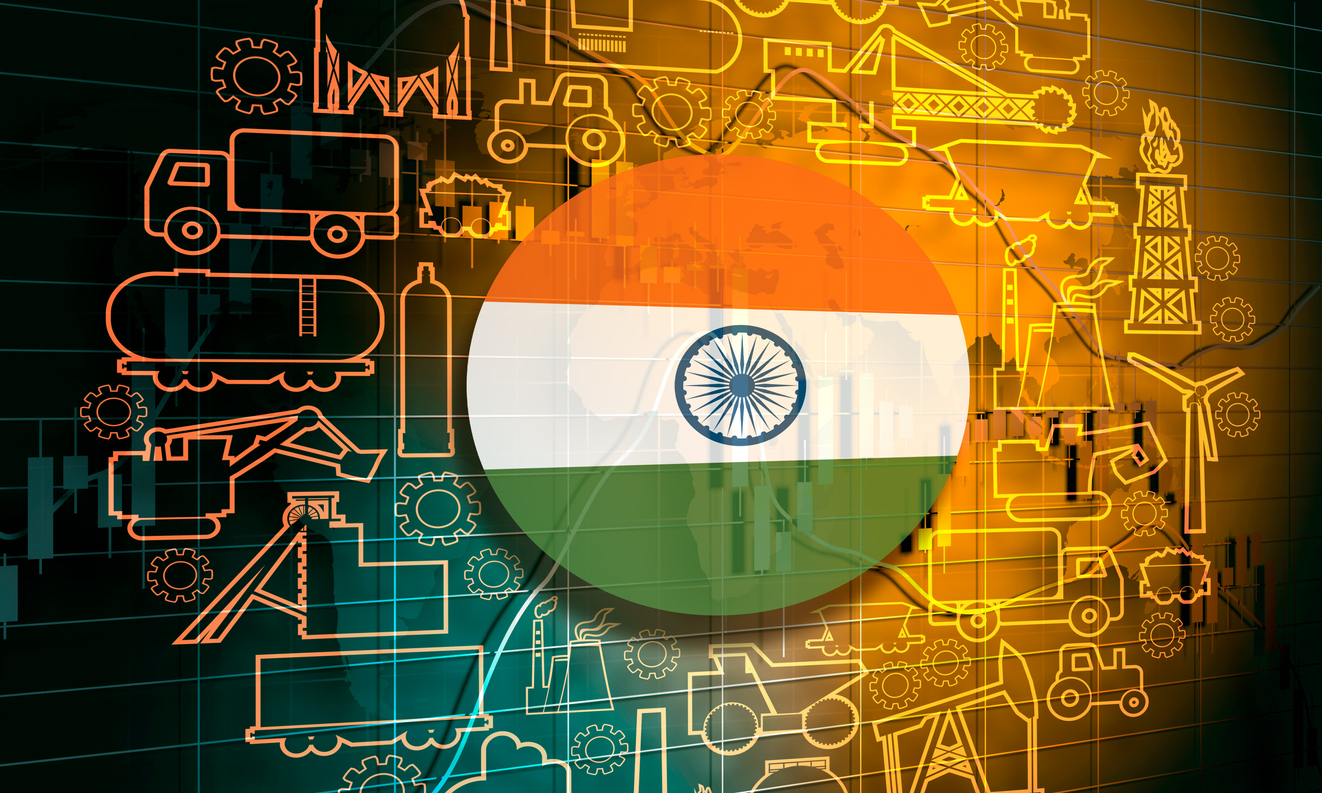May 21, 2025 | Business & Tech Desk
India’s tech industry is poised for significant growth in 2025, with IT investments anticipated to rise by 11% over 2024 levels. As per recent insights from research firm Gartner, the country’s total IT spending is projected to hit USD 130.3 billion, up from USD 117.3 billion the previous year. This growth reflects the country’s accelerating shift toward cloud computing, artificial intelligence (AI), cybersecurity, and digital infrastructure.
As global economies tighten their focus on technology-led resilience and competitiveness, India is emerging as a hotbed for innovation and enterprise-level transformation. Both government and private sector investments are fueling demand across a broad spectrum of tech services and solutions.
Key Drivers Behind the Growth
1. Cloud Computing and SaaS Adoption
A major catalyst behind the projected rise is the rapid adoption of cloud infrastructure and Software as a Service (SaaS) platforms. With businesses seeking scalability, remote operations, and cost efficiency, cloud-based services are becoming central to IT budgets.
Indian enterprises are increasingly migrating workloads to public cloud environments like AWS, Microsoft Azure, and Google Cloud, spurring demand for data centers, network solutions, and hybrid IT environments. Gartner estimates that spending on cloud services alone will account for over 20% of total tech investment in India in 2025.
2. Artificial Intelligence and Automation
Another significant growth area is AI integration. Companies across sectors—banking, healthcare, retail, and logistics—are deploying AI tools to optimize operations, enhance customer experiences, and gain predictive insights.
From chatbots and virtual assistants to advanced machine learning models, AI is no longer a futuristic concept but a business necessity. This is reflected in the rising budget allocations toward AI software, R&D, and analytics platforms.
3. Cybersecurity Investment
With the increase in digital assets and online transactions, Indian organizations are investing more in cybersecurity frameworks to protect data, systems, and user privacy. Spending on endpoint protection, zero-trust security models, and threat intelligence solutions is expected to see a double-digit rise.
The Reserve Bank of India (RBI) and other regulators are also pushing for stricter compliance in sectors such as fintech and digital banking, leading to increased spending on governance, risk management, and compliance (GRC) tools.
Sector-Wise Breakdown
- IT Services remain the largest category, projected to reach USD 23.6 billion in 2025. Managed services, consulting, and system integration are key contributors.
- Devices, including smartphones, laptops, and tablets, will continue to be a significant area of expenditure due to hybrid work and digital learning trends.
- Enterprise Software spending is forecast to grow by 15.3%, led by investments in ERP systems, CRM platforms, and collaborative tools.
Digital Public Infrastructure and Government Initiatives
India’s government is playing a pivotal role in supporting tech spending through projects like Digital India, Gati Shakti, and BharatNet. The push for digital public infrastructure (DPI), including the Unified Payments Interface (UPI), Aadhaar, and ONDC (Open Network for Digital Commerce), is fostering greater IT adoption across urban and rural areas alike.
Public-private partnerships and the rollout of 5G networks are further boosting connectivity and enabling the next wave of smart city and e-governance applications.
Startups and SMBs Join the Tech Spending Boom
The country’s vibrant startup ecosystem and digitally ambitious small and medium-sized businesses (SMBs) are also contributing significantly. From fintech to healthtech, these players are investing in low-code platforms, business intelligence, and cloud-native applications to scale operations and attract customers in a competitive digital marketplace.
Looking Ahead: Strategic Spending for Sustainable Growth
While inflationary pressures and global economic uncertainties persist, India’s tech market appears resilient. Businesses are moving from reactive IT spending to strategic investments that offer long-term value, agility, and innovation.
Commenting on the trend, Arvind Mehra, a senior analyst at Gartner, noted:
“Indian enterprises are increasingly prioritizing digital transformation. 2025 will be the year of smart tech investments aimed at maximizing efficiency and competitive advantage.”
Conclusion
With an 11% rise projected in 2025, India’s technology spending is not just about quantity—it’s about quality, innovation, and transformation. As AI, cloud computing, cybersecurity, and digital platforms take center stage, India is well-positioned to become a global tech powerhouse.





